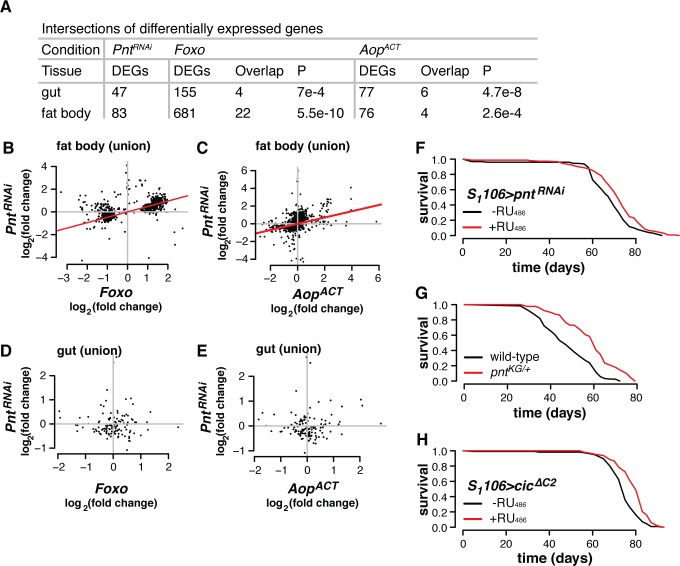Fig 4. Physiological Pnt regulates lifespan and genes in the Aop/Foxo regulon.
(A) Transcriptomic analysis reveals that expressing RNAi against Pnt under control of S106 induces differential expression of set of genes that overlap with the Foxo-Aop regulon, in both gut and fat body. P-values from hypergeometric tests. (B-C) In fat body, in the union of transcripts responding to PntRNAi, Foxo or AopACT, impacts of PntRNAi are correlated to those of Foxo or AopACT (log2 fold-change expression from DESeq2 output). Red lines show correlation coefficients (Kendall’s Tau, P≤2.2e-16 for both tissues). (D-E). In gut, in the union of transcripts responding to PntRNAi, Foxo or AopACT, impacts of PntRNAi do not correlate those of Foxo or AopACT (log2 fold-change expression from DESeq2 output). (F) Adult-onset Pnt inhibition in the gut and fat body is sufficient to extend lifespan. Log-rank test p = 7.2e-4. (G) Heterozygous Pnt mutants are long-lived. Log-rank test p = 9.2e-11. (H) Overexpressing Cic (an inhibitor of Pnt), in the gut and fat body extends lifespan. Log-rank test p = 1.5e-7.

